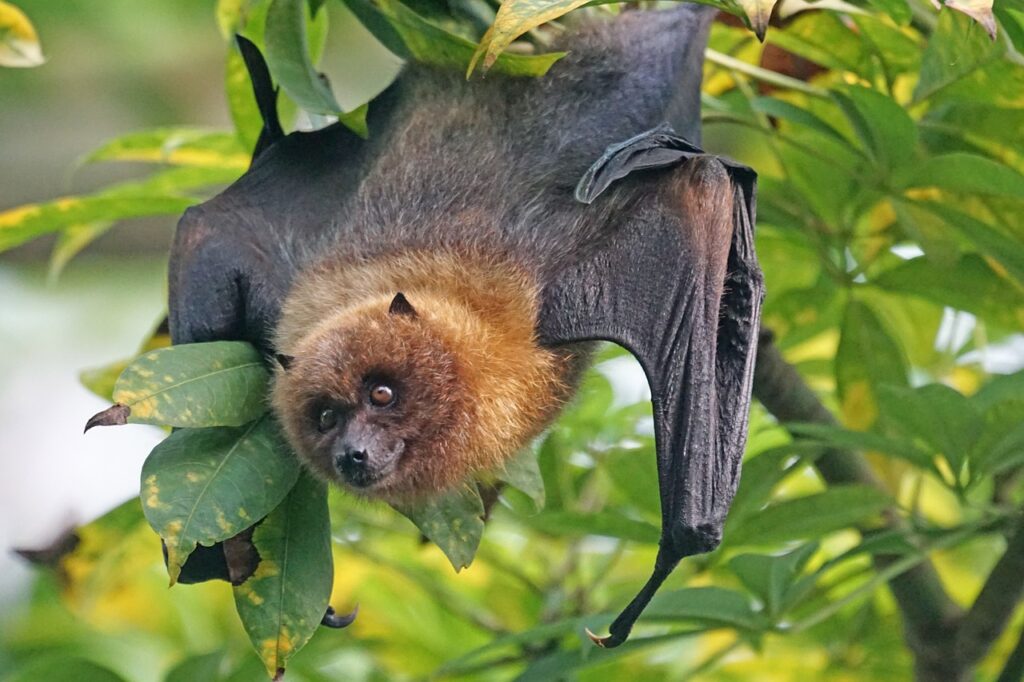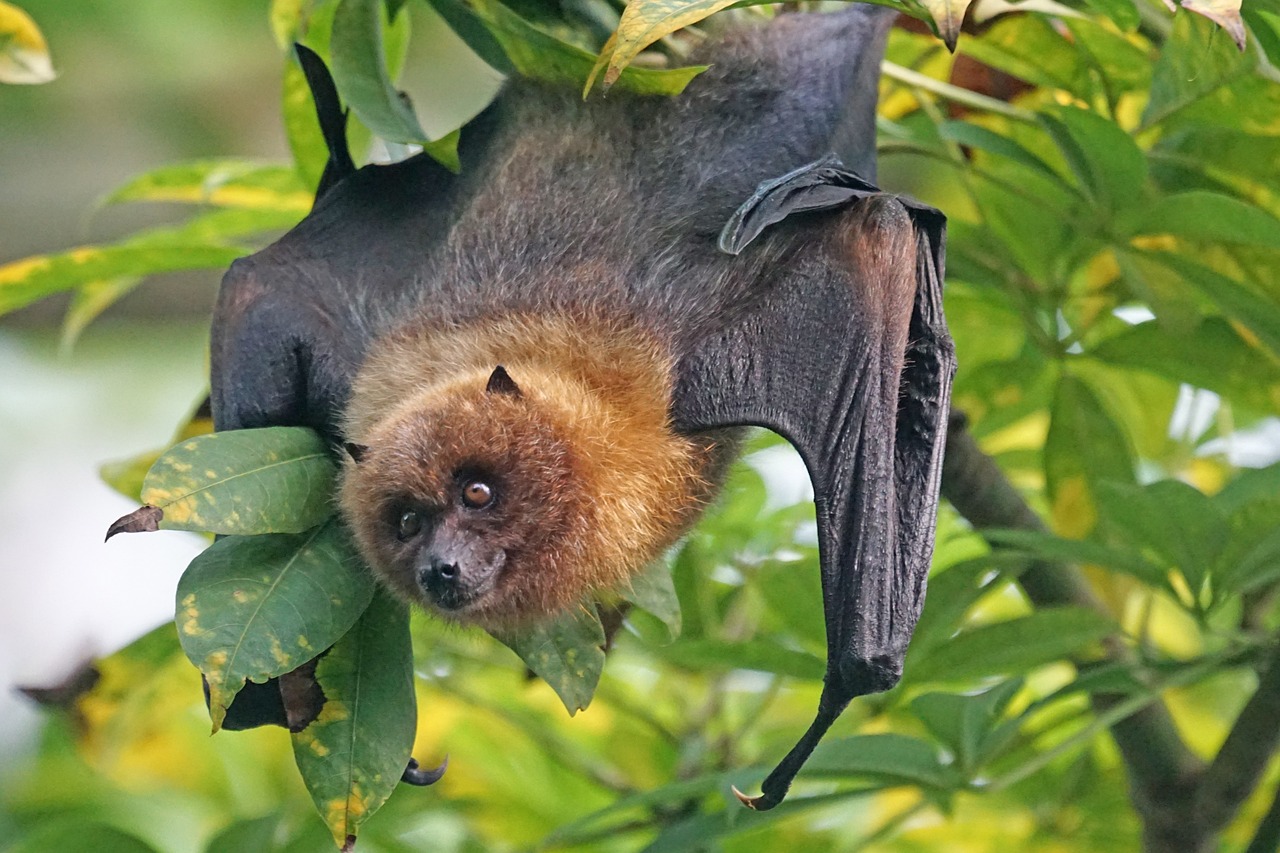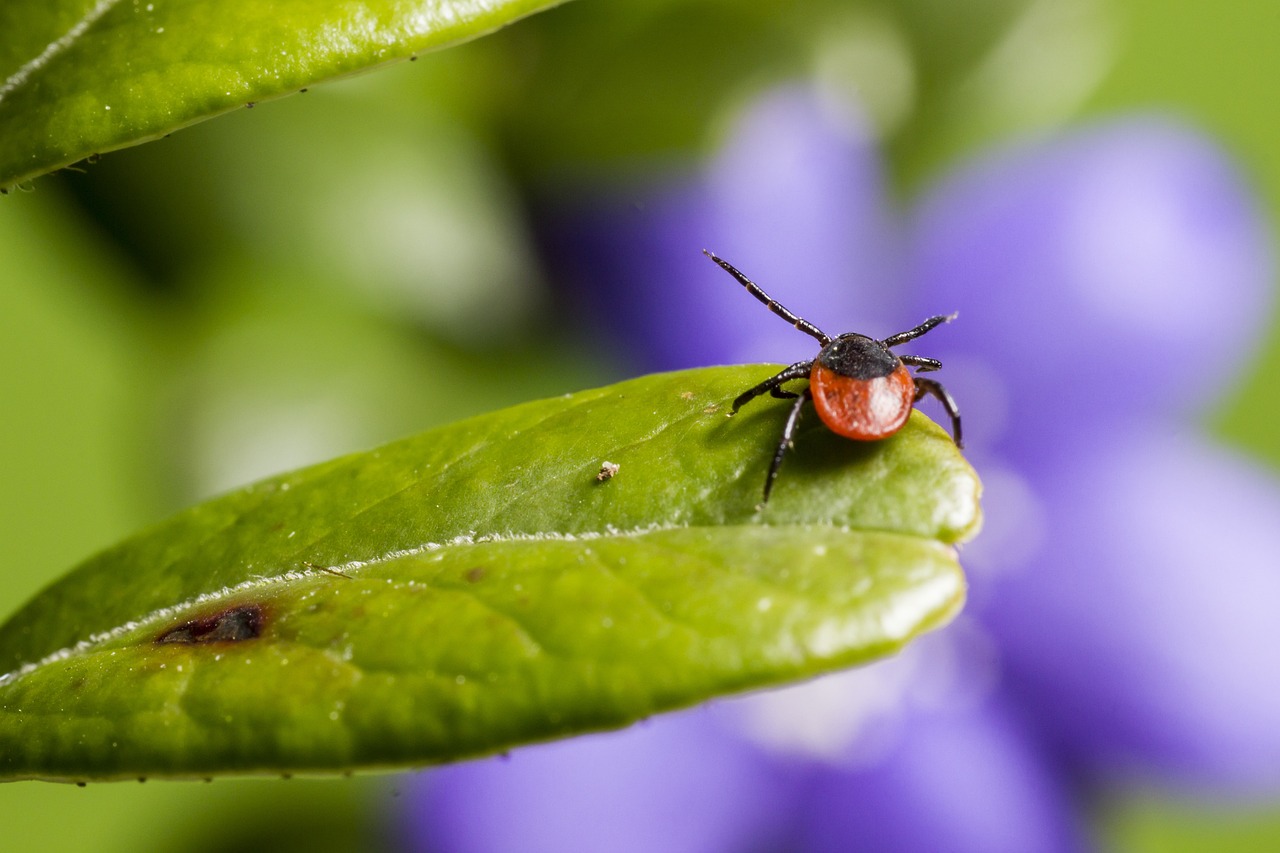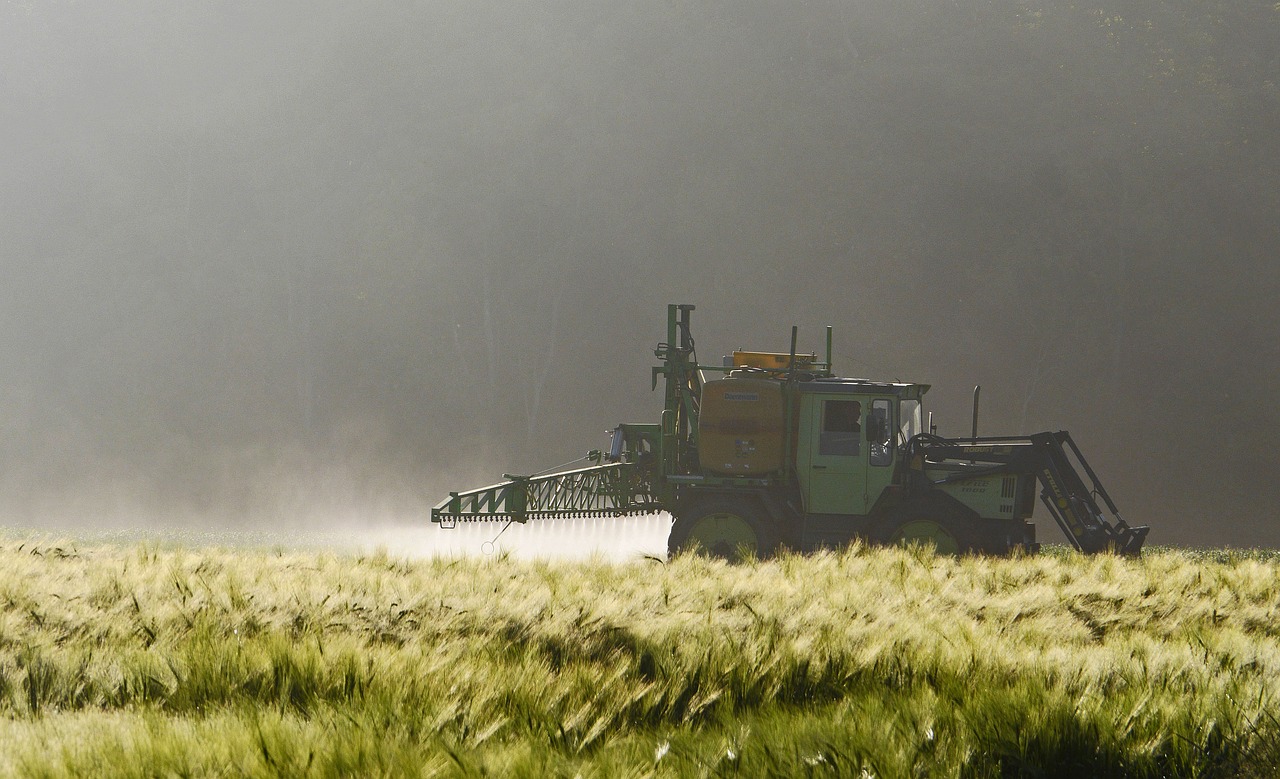You may not realize it, but bats play a crucial role in maintaining the health of our ecosystems. These winged mammals are expert insect hunters, and they are particularly effective at controlling pest populations. In fact, many farmers and gardeners rely on bats to help keep their crops healthy and free of pests.
Unfortunately, bats face a number of threats to their populations, including habitat loss, disease, and the use of pesticides. As a result, it is more important than ever to understand the critical role that bats play in natural pest control and to take steps to protect these beneficial creatures.
In this article, we will explore the many ways in which bats control pests, the impact of pesticides on the environment, and the conservation efforts underway to protect bat populations. We will also offer tips on how you can promote bat-friendly environments to help support natural pest control in your own backyard.
The Importance of Bats in Ecosystem Health
You may not realize it, but bats play a crucial role in maintaining the health of our ecosystem through their incredible abilities as natural pest controllers. These creatures are the ultimate nocturnal predators, feeding on insects such as moths, mosquitoes, and beetles that wreak havoc on our crops and gardens.
By consuming these pests, bats help to maintain ecosystem balance, preventing the overpopulation of harmful insects and reducing the need for harmful pesticides. Without bats, our ecosystem would suffer greatly, and the impact would be felt all the way up the food chain.
Insects that are typically controlled by bats would multiply, causing crop damage, disease, and ultimately impacting the survival of other wildlife that rely on these plants as a food source. By supporting bat populations, we can help to maintain a healthy and thriving ecosystem, benefiting both wildlife and humans alike.
Expert Insect Hunters: How Bats Control Pests
Imagine hearing the flutter of bat wings in the night sky, knowing that these expert insect hunters are hard at work keeping the local mosquito population in check.
Bats are one of the most efficient predators of insects, and they play a crucial role in natural pest control. A single bat can consume up to 1,000 insects in just one hour, making them an invaluable asset for farmers, gardeners, and anyone who wants to reduce their reliance on pesticides.
Unfortunately, bat populations have been declining in recent years due to habitat loss, pesticide use, and other threats. That’s why bat conservation is so important.
By protecting bat habitats, reducing pesticide use, and educating the public about the importance of these creatures, we can help ensure that they continue to play their vital role in insect population control for generations to come.
The Impact of Pesticides on the Environment
Hey, did you know that using pesticides can harm the environment and the creatures that live in it? Pesticides are used to control pests, but they can also have unintended consequences.
When you use pesticides, you’re not just killing the pests you’re targeting, but also other insects, birds, and small mammals. This can disrupt the balance of the ecosystem and even harm beneficial creatures like bats.
Luckily, there are alternatives to pesticides that can be just as effective without causing harm to the environment. For example, you can use natural predators like bats to control pests. Bats are expert insect hunters and can eat up to 1,000 insects in an hour.
By providing a habitat for bats, you can encourage them to live near your property and help control pests naturally. It’s important to consider the long term effects of pesticide use and choose alternatives that are better for the environment.
Threats to Bat Populations and Conservation Efforts
Fortunately, there are efforts underway to preserve bat populations and protect their habitats from further destruction. One major threat to bat populations is a disease called White nose syndrome. This disease is caused by a fungus that grows on the faces and wings of hibernating bats, causing them to wake up too early and burn through their fat reserves before spring.
White nose syndrome has decimated bat populations across North America, with some species experiencing declines of up to 99%. However, conservationists are working to combat this disease by researching treatments and developing measures to reduce the spread of the fungus.
Another threat to bat populations is wind turbines. Bats can mistake the turbines for trees and fly into them, resulting in fatal collisions. The exact reason why bats are attracted to wind turbines is still unknown, but it is believed that the turbines may disrupt the bats’ echolocation abilities.
To address this issue, researchers are studying ways to mitigate the impact of wind turbines on bat populations, such as developing better turbine designs and using acoustic deterrents to keep bats away. These efforts are crucial for preserving bat populations and ensuring their continued contributions to natural pest control.
Promoting Bat-Friendly Environments for Natural Pest Control
Creating environments that are friendly to bats can help protect crops and reduce the need for harmful pesticides. One way to do this is by providing bat habitats in agricultural areas. Farmers can install bat boxes or erect bat-friendly structures, such as barns or sheds, to encourage bats to roost and forage for insects in their fields.
This not only helps to control pests, but also provides a natural and sustainable alternative to using chemical pesticides. In addition to providing bat habitats, farmers can also adopt bat-friendly agricultural practices. For example, planting diverse crops can attract a variety of insects that bats feed on, while reducing the use of pesticides can create a more natural environment for bats to thrive.

These practices not only benefit bats, but also promote overall ecosystem health and can lead to higher crop yields. By taking these steps, we can create a win-win situation for both bats and farmers, promoting natural pest control and supporting sustainable agriculture.
Frequently Asked Questions
What specific types of pests do bats target in their natural pest control efforts?
Bats target a variety of pests including mosquitoes, moths, and beetles in their natural pest control efforts. Their presence helps to reduce the need for harmful pesticides, making them a beneficial addition to any ecosystem.
How do bats navigate and locate their prey during nighttime hunts?
When hunting at night, bats use echolocation to locate prey. They emit high-pitched sounds that bounce off objects and return as echoes, allowing them to detect insects in complete darkness. Their adaptations for nighttime hunting include large ears and sensitive hearing.
Can bat populations be negatively impacted by certain types of pesticides, even if they are not directly targeted at the bats themselves?
Did you know that certain pesticides can negatively impact bat populations, even if they’re not directly targeted at the bats? Pesticide impacts on bats are a concern for conservation efforts.
Are there any human health risks associated with encouraging bat populations for natural pest control?
Encouraging bat populations for natural pest control does not pose any direct human health risks. However, it is important to practice bat conservation to prevent disease transmission and maintain ecological balance.
How can homeowners and farmers effectively incorporate bat-friendly environments into their pest control strategies?
To create a bat-friendly environment for pest control, construct bat boxes in areas with adequate food supply and shelter. The benefits of bat guano in agriculture can be harnessed by spreading it as fertilizer.
Conclusion
Now that you’ve learned about the crucial role that bats play in natural pest control, it’s important to consider the impact of our actions on these beneficial creatures.
Pesticides not only harm the insects they’re targeting but also have negative effects on bat populations and the environment.
It’s important to promote bat-friendly environments and conservation efforts to ensure these expert insect hunters can continue to thrive.
By providing bats with safe habitats and reducing pesticide use, we can help maintain a healthy ecosystem and reduce our reliance on harmful chemicals.
So next time you see a bat flying overhead, remember the important role they play in keeping our environment and crops healthy.
It’s up to us to protect and preserve these valuable creatures for generations to come.










